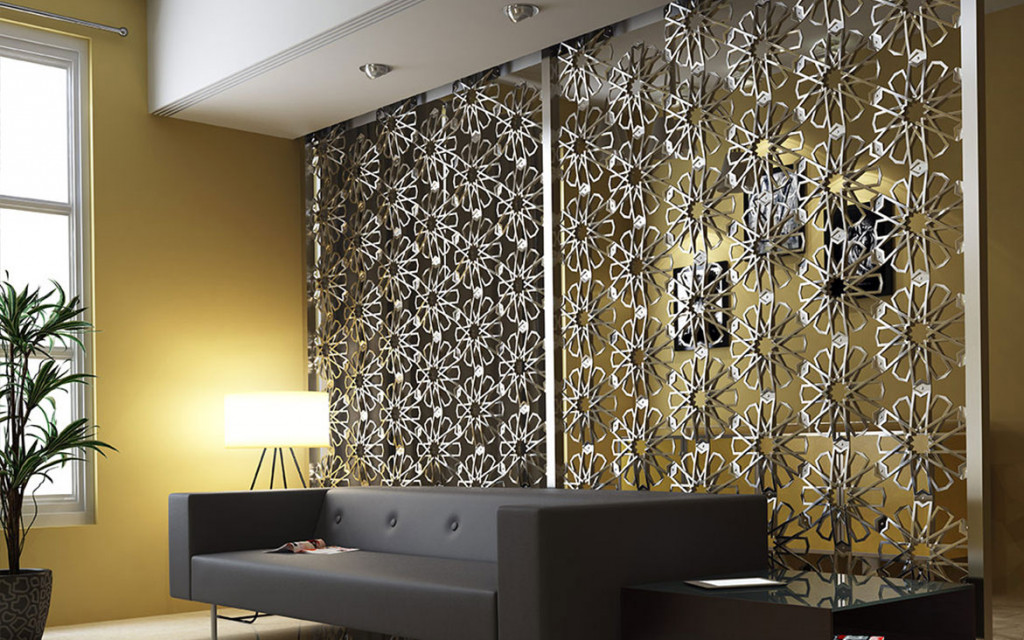Aluminum is a unique material and it is also the third most abundant element in the world. This is why it is ideal for numerous applications, from impressive architectural screen decorations to safety-critical components, and its applications continue to explore in various architectural styles.
Aluminium profiles contribute to the energy efficiency of the buildings all year round. They are made from alloys which are corrosion-resistant, weatherproof, and immune to the harmful effects of UV rays. This ensures optimal performance over a very long period of time.

In the summer period, solar gains need to be minimized to reduce the need for air conditioning, while natural light must enter to limit artificial lighting needs. The high reflectivity of aluminium makes it an efficient material for shading devices and natural light management. Meanwhile, in the winter period, you can use aluminium shutters to reduce night-time heat losses.
Aluminium materials provide the perfect frames to support large glazed surfaces such as verandas, skylights, perforated panels, facades, curtain walls, doors and windows. This acts as a perfect combination to maximize natural light and solar heat gains inside buildings.
8 Benefits of using Aluminium in Panels, Facades & Screen Decorations

- Aluminium improves energy efficiency in buildings.
- Aluminium alloys are highly valued for being lightweight. They are easy to work with and environmentally friendly.
- The high strength-to-weight ratio minimizes the loads on a building’s supporting structure.
- Its natural resistance to corrosion leads to long service life.
- It has tremendous formability, meaning that designers can shape aluminium in whatever way necessary to meet their aesthetic and structural needs.
- It can be anodized or painted, which gives it even more durability and corrosion resistance – and meet any decorative desires.
- Being an infinitely recyclable material, it takes up to 95% less energy to recycle it than to produce primary aluminium. This also limits emissions, including greenhouse gases. Today, about 75% of all aluminium produced in history, nearly a billion tons, is still in use.
- This is the most vital component of green/sustainable buildings for several reasons. The metal is easily recycled and loses none of its properties during the process.
The combination of all these amazing properties make aluminum the material of choice for many screen decorations’ applications in the construction sector.
Do you have anything to add? Please share it in the comments section.